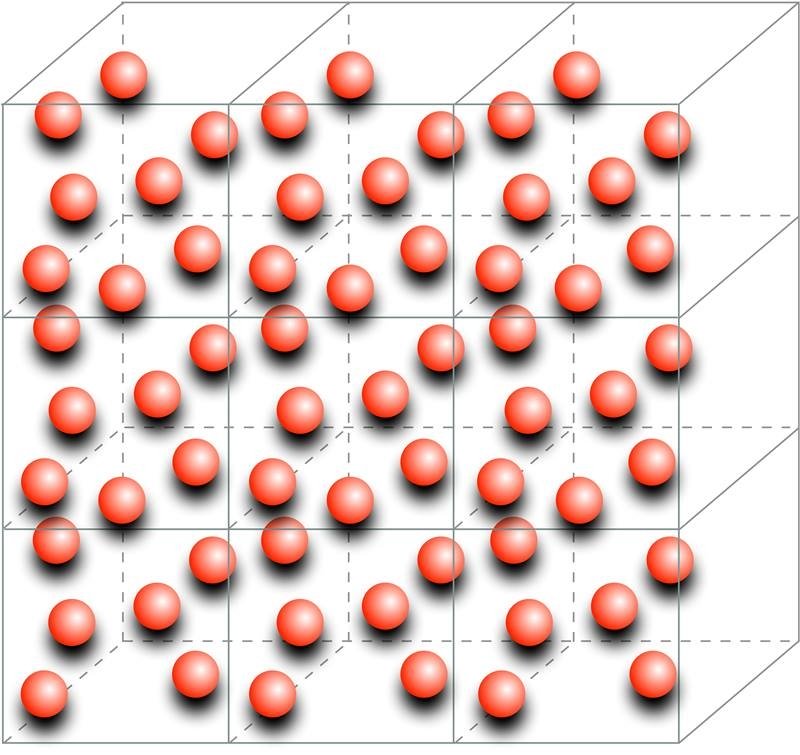The Science
The Impact
An equation of state is an equation that describes the state of matter under a set of physical conditions, such as pressure, volume, temperature, or internal energy. In this new research, scientists studied the equation of state of neutron matter using a series of computer-intensive calculations. The strong, short-range force between two neutrons is very complicated and is known only approximately. The numerical techniques for calculating neutron-matter with such forces are also complicated. The scientists used a combination of five different forces and three independent methods to help pin down how well we understand the matter that neutron stars are made of. This, in turn, tells us how large neutron stars can grow and influences what heavy elements are made through nucleosynthesis when two neutron stars merge.
Summary
Nuclear theorists made benchmark calculations of the energy per particle of pure neutron matter as a function of the neutron density. The calculations were made for two distinct families of realistic coordinate-space nucleon-nucleon potentials. These force models were all constructed to reproduce nucleon-nucleon scattering data from laboratory experiments. The researchers implemented important technical improvements in a couple of the methods for the first time. They observed good agreement among the five force models and three many-body techniques up to the saturation density typical of the centers of large atomic nuclei. At higher densities, the results diverge gradually as a function of both the force models and the many-body methods. The range of results helps set the limit on how well we can predict the neutron matter equation of state which, in turn, tells us the maximum mass a neutron star can have before it collapses into a black hole. It also influences the gravitational wave signal generated when two neutron stars merge as well as the amount of heavy elements produced in such a merger.
Funding
This research is supported by the Department of Energy Office of Science, Office of Nuclear Physics, including an FRIB Theory Alliance Award as well as the NUCLEI SciDAC program. Computer time at the Argonne Leadership Computing Facility was provided by the INCITE program; computer time was also provided by the Argonne Laboratory Computing Resource Center and by a CINECA-INFN agreement, giving access to resources on MARCONI at CINECA.


